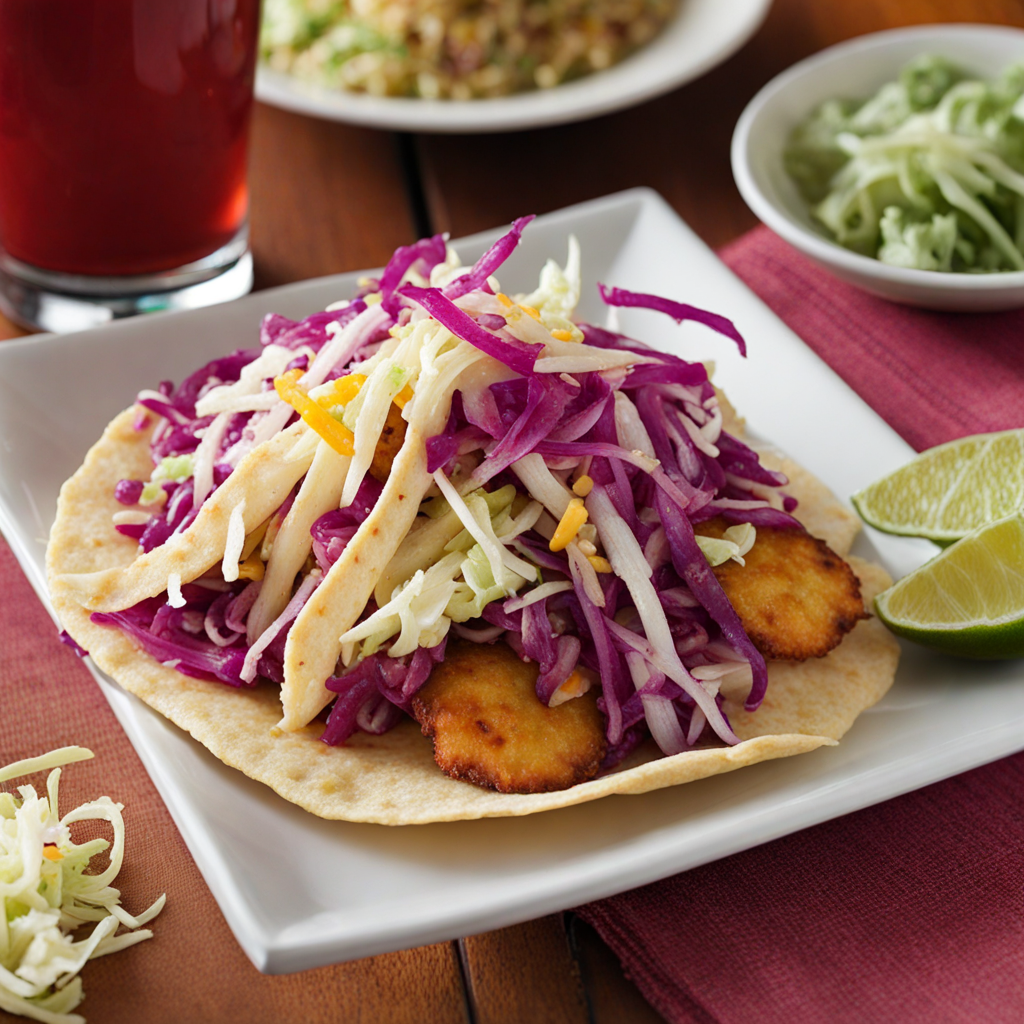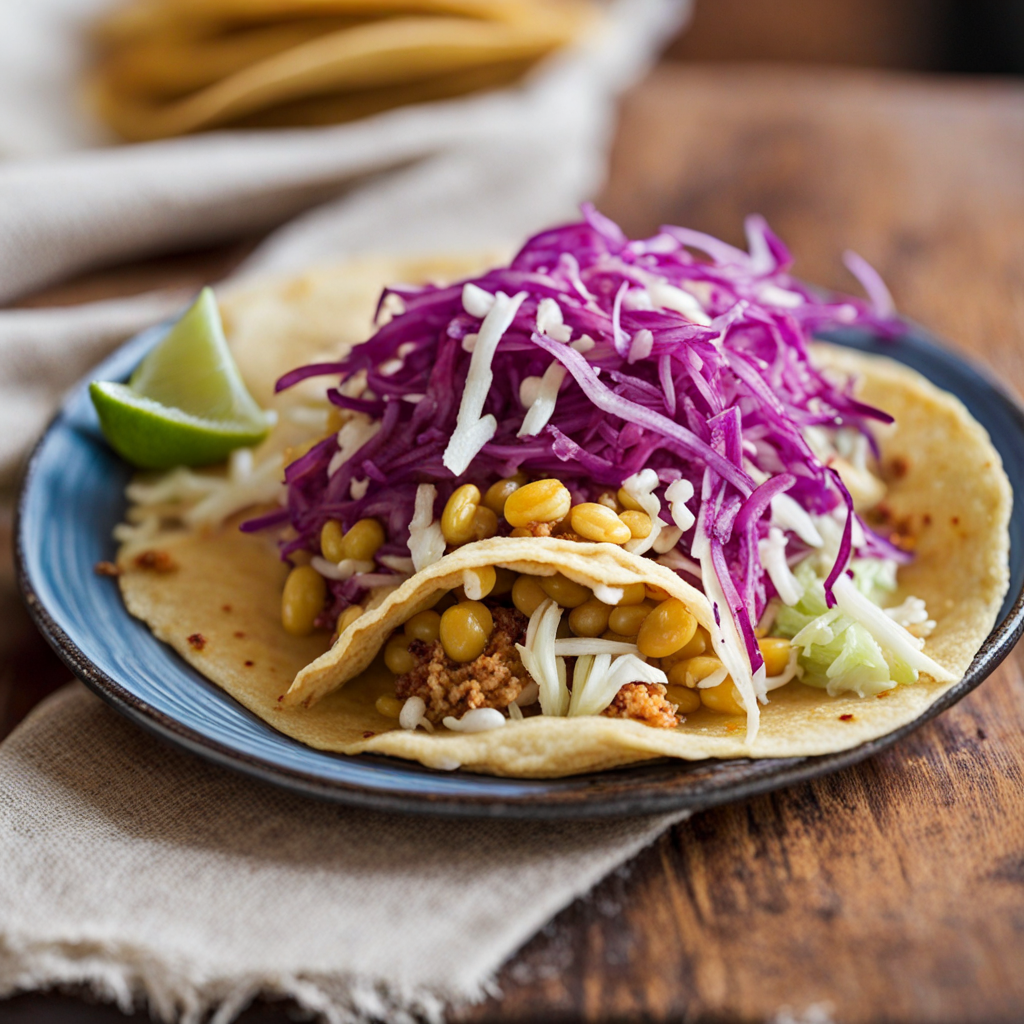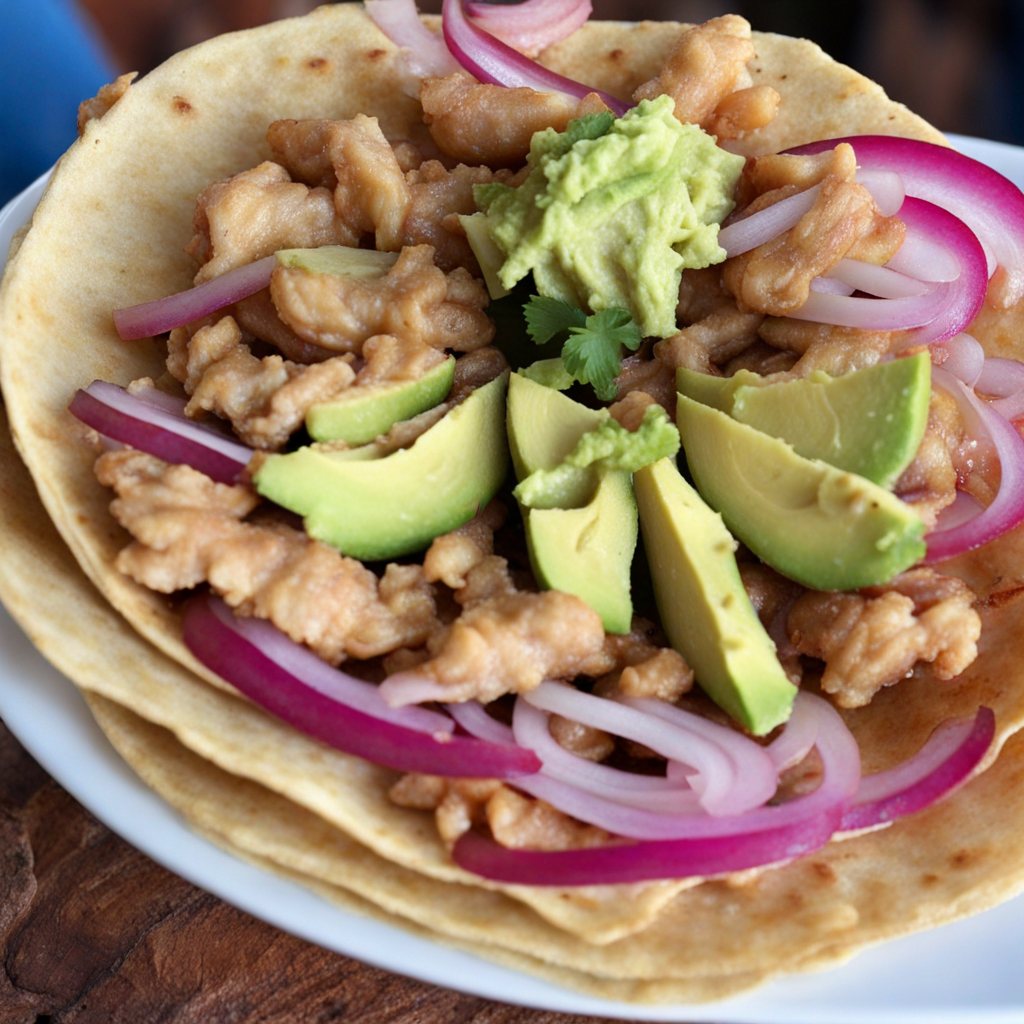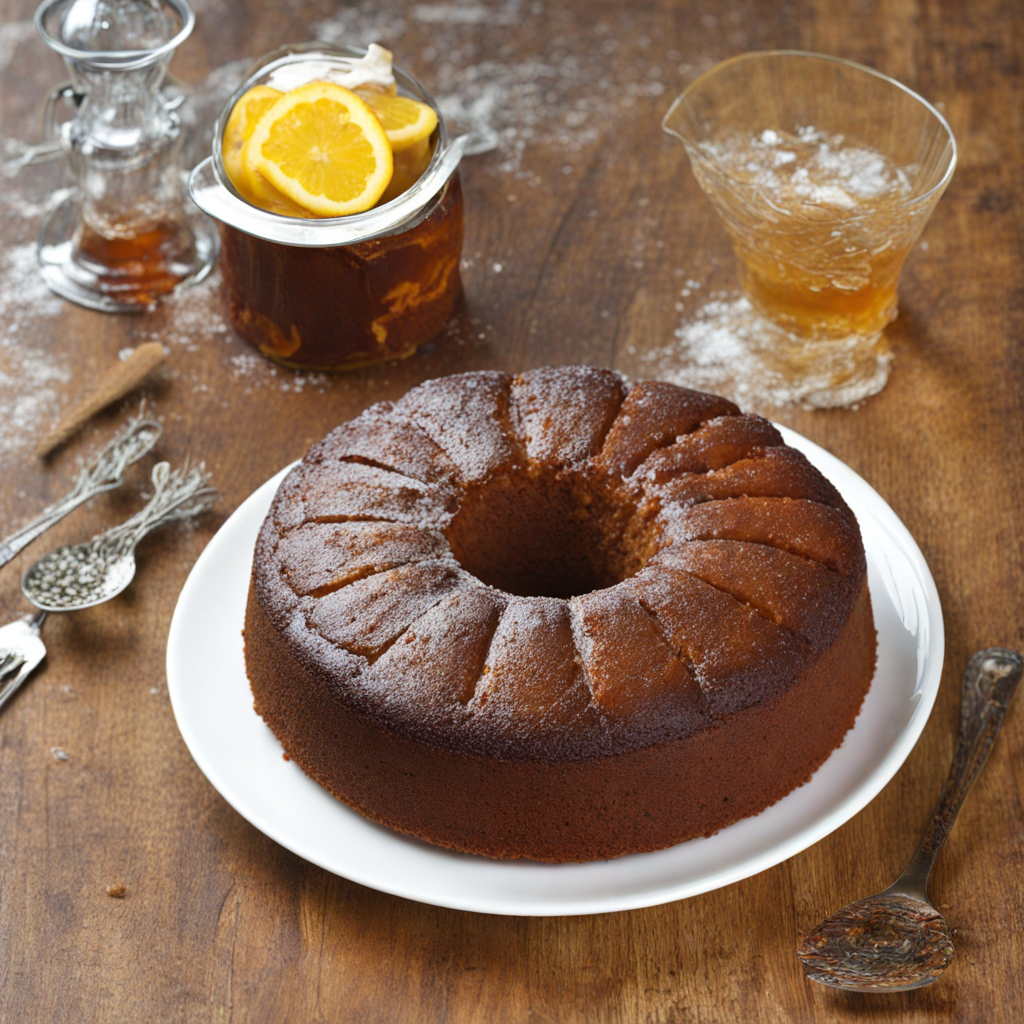Garnaches
Garnaches are a delightful Belizean street food that combines simplicity with bold flavors. At their core, garnaches consist of crisp corn tortillas that are fried until golden and slightly puffy. The tortillas serve as the perfect canvas for a variety of toppings, typically including a generous layer of refried beans that adds a creamy texture and earthy taste. This base is often enhanced with a sprinkle of fresh cheese, such as crumbled queso fresco, which provides a salty contrast to the beans and a delightful richness to each bite. What truly sets garnaches apart are the vibrant toppings that can be added to this delicious foundation. A common choice is a fresh pico de gallo made from diced tomatoes, onions, and cilantro, offering a refreshing crunch and a burst of color. Some variations may include shredded cabbage or a drizzle of spicy habanero sauce, elevating the dish with a zesty kick. The combination of flavors creates a satisfying balance, making garnaches not just a meal, but an experience. These savory bites are often enjoyed as a snack or appetizer, and they embody the essence of Belizean cuisine, which is known for its multicultural influences and use of fresh, local ingredients. Whether you're savoring them at a local food stall or at a family gathering, garnaches are sure to tantalize your taste buds and leave you craving more. Their versatility allows for endless customization, inviting you to explore your own flavor combinations while celebrating the rich culinary heritage of Belize.
How It Became This Dish
Garnaches: A Flavorful Journey Through Belizean History Garnaches, a beloved dish in Belize, represent not just a culinary delight but also a rich tapestry of cultural history and social significance. These crispy corn tortillas topped with a variety of ingredients encapsulate the essence of Belizean cuisine, showcasing the influences of its diverse population while celebrating its indigenous roots. Origins of Garnaches The history of garnaches can be traced back to the ancient Maya civilization, which thrived in the region long before Belize became a modern nation. The Maya were skilled agriculturalists who cultivated corn as a staple food, using it in various forms, including tortillas. This foundational food remains central to Belizean cuisine today. The word "garnacha" itself is believed to have roots in the Spanish language, derived from "garnacha," which means to adorn or embellish. This reflects the practice of topping a simple tortilla with various ingredients, transforming it into a colorful and flavorful dish. As Belize was colonized by the Spanish in the 16th century, new culinary influences began to meld with the indigenous ingredients and cooking techniques. The Spanish introduced ingredients such as cheese, beans, and meats, which would later be incorporated into garnaches. The fusion of these culinary traditions created a unique Belizean flavor profile that distinguishes garnaches from similar dishes found in other Central American countries. Cultural Significance Garnaches hold a special place in the hearts of Belizeans, not only as a delicious street food but also as a symbol of community and celebration. They are often enjoyed during social gatherings, festivals, and family celebrations. The dish is a staple at fairs and local events, where food vendors serve up fresh garnaches, showcasing their unique toppings and flavors. Moreover, garnaches are emblematic of the Belizean ethos of sharing and hospitality. The act of preparing and sharing food brings families and friends together, fostering a sense of unity and connection. The dish is often enjoyed as an appetizer or a snack, making it a versatile option for gatherings. Garnaches can be found in homes, food stalls, and restaurants, representing a common thread in the culinary fabric of Belize. Ingredients and Preparation The foundation of garnaches is the tortilla, which is typically made from masa (corn dough). The dough is shaped into small discs and fried until golden brown and crispy. The tortillas are then adorned with a variety of toppings, allowing for creativity and personalization. Common toppings include refried beans, shredded cheese, diced onions, and spicy salsa. Some variations even include meats like chicken or ground beef, while others may feature pickled vegetables or avocado. The preparation of garnaches is a communal activity in many households, often involving family members working together to fry the tortillas and prepare the toppings. This collaborative process not only enhances the enjoyment of the dish but also strengthens familial bonds and cultural traditions. Evolution Over Time As Belize has evolved, so too has the garnache. The arrival of various ethnic groups has contributed to the diversification of ingredients and preparation methods. For instance, the Creole and Garifuna communities have introduced unique flavors and spices, enriching the garnache experience. The incorporation of fish or coconut-based sauces in some regions reflects the coastal heritage of these communities. In recent times, garnaches have also adapted to modern culinary trends. Chefs and food enthusiasts have begun to experiment with gourmet variations, incorporating international ingredients and contemporary cooking techniques. This evolution has led to garnaches being served in upscale restaurants alongside traditional offerings, showcasing the dish's versatility and enduring appeal. Garnaches in Contemporary Belize Today, garnaches remain a quintessential part of Belize's culinary landscape. They are a common sight at local markets, where vendors skillfully prepare them in front of customers, creating a vibrant atmosphere filled with the aromas of frying tortillas and sizzling toppings. Street food culture in Belize has gained popularity, and garnaches are often regarded as a must-try for visitors seeking an authentic taste of the region. Moreover, garnaches have found their way into the culinary world beyond Belize's borders. Belizean expatriates and food enthusiasts have introduced garnaches to international food festivals and cultural events, allowing a wider audience to experience this delicious dish. As fusion cuisine continues to rise in popularity, garnaches have served as an inspiration for chefs to create innovative dishes, bridging traditional flavors with contemporary culinary practices. Garnaches and Identity Garnaches are more than just food; they are a representation of Belizean identity and heritage. The dish reflects the country's rich blend of cultures, showcasing the contributions of the Maya, Spanish, Creole, and Garifuna peoples. Each bite of garnache tells a story of resilience, adaptation, and celebration—an edible history that connects generations. In Belize, garnaches are often associated with national pride and cultural festivities. During Independence Day celebrations and other national holidays, garnaches are frequently featured as part of the culinary offerings, serving as a reminder of the nation's roots and the importance of preserving its culinary traditions. Conclusion Garnaches embody the spirit of Belize—vibrant, diverse, and rich in history. From their origins in ancient Maya civilization to their current status as a beloved street food, garnaches reflect the evolution of Belizean cuisine and the cultural significance of food in bringing people together. As Belize continues to grow and change, garnaches remain a constant—a flavorful reminder of the past, a celebration of the present, and a promise of the future. Whether enjoyed at a local market, a family gathering, or a festive celebration, garnaches will always hold a cherished place in the hearts and palates of Belizeans and food lovers around the world.
You may like
Discover local flavors from Belize







